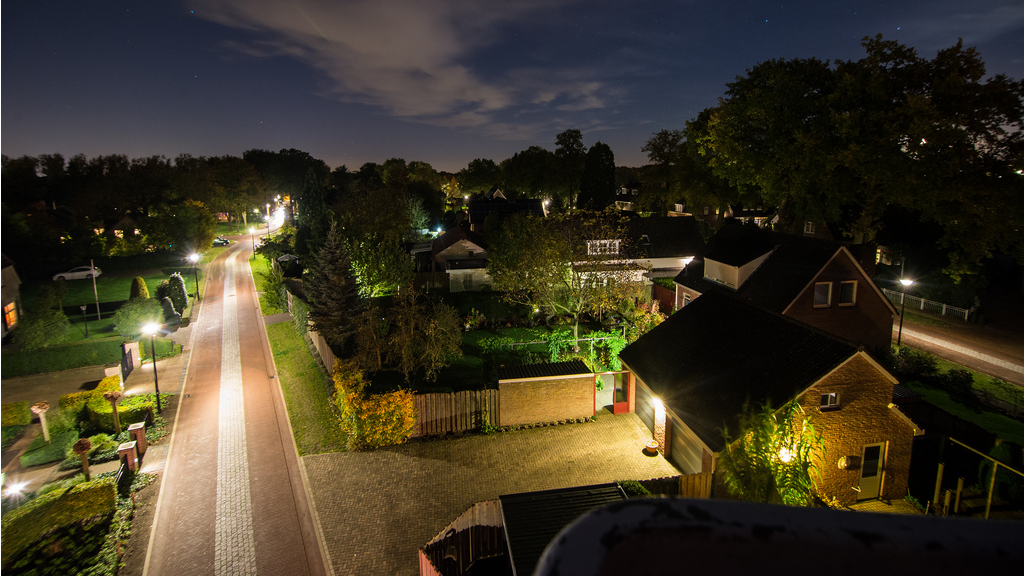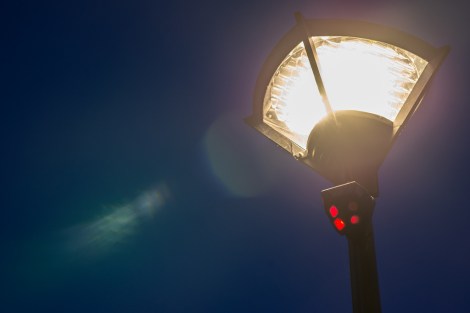At night, brightly lit office buildings are depressing — you know that either people are working too hard, or the building is wasting energy. Dutch mechanical engineer Chintan Shah looked at streetlights and saw a similar problem. Why light a path if no one’s walking or biking there? (Sorry, turtles. Guess you don’t count.)
His interest piqued, Shah did a little research and uncovered some staggering stats:
[J]ust keeping the city lights on costs Europe, alone, over 10 billion Euros each year and is responsible for more than 40 percent of a government’s energy usage. That’s 40 million tons of CO2 emissions generated through sources such as coal plants and wide-scale burning of other fossil fuels, which gives new meaning to the concept of “light pollution.”
So Shah’s company, Tvilight (think “Twilight” with a Count Dracula accent), created a retrofit for streetlights to dim them when people aren’t around and restore full brightness once a motion sensor is tripped. For the past two years, neighborhoods in Ireland and Holland have been implementing the system, and now it could be coming to Los Angeles (as well as parts of Germany and Canada).
What about safety, you ask? Good question. The system is adjustable so that streetlights in vast abandoned parking lots could dim up to 70 percent when no one’s around, but those in busy areas like intersections might only dim by 30 percent. And if snow or other inclement weather confuses things, the default is no dimming at all. Check it out (and keep us posted, L.A.):




